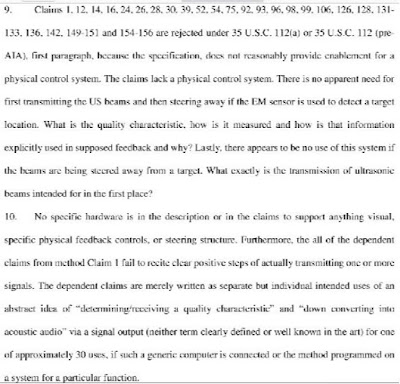Adaptive Headlight IP

The recent Infrastructure bill signed into law by President Biden affects many things, but one aspect that affects the automotive world is adaptive headlights. As noted by Jalopnik puts it somewhat crudely, this means “our headlights will suck way less” (link to https://jalopnik.com/finally-our-headlights-will-suck-way-less-1848067412 ). But with this sudden change, adaptive headlights in the US may be in for a particular messy IP situation since many companies may have considered it was not necessary to protect their adaptive headlight innovations in the US because of the 50-year old rule preventing such technology. Recent patents in the field from applicants such as Lumileds and Arex indicate that smaller players and startups may be able to break into the market which is expected to explode in the next few years once the final rules are implemented. For those in the industry that have typically avoided US patent filings in the adaptive headlamp area, they may want to rethink th





